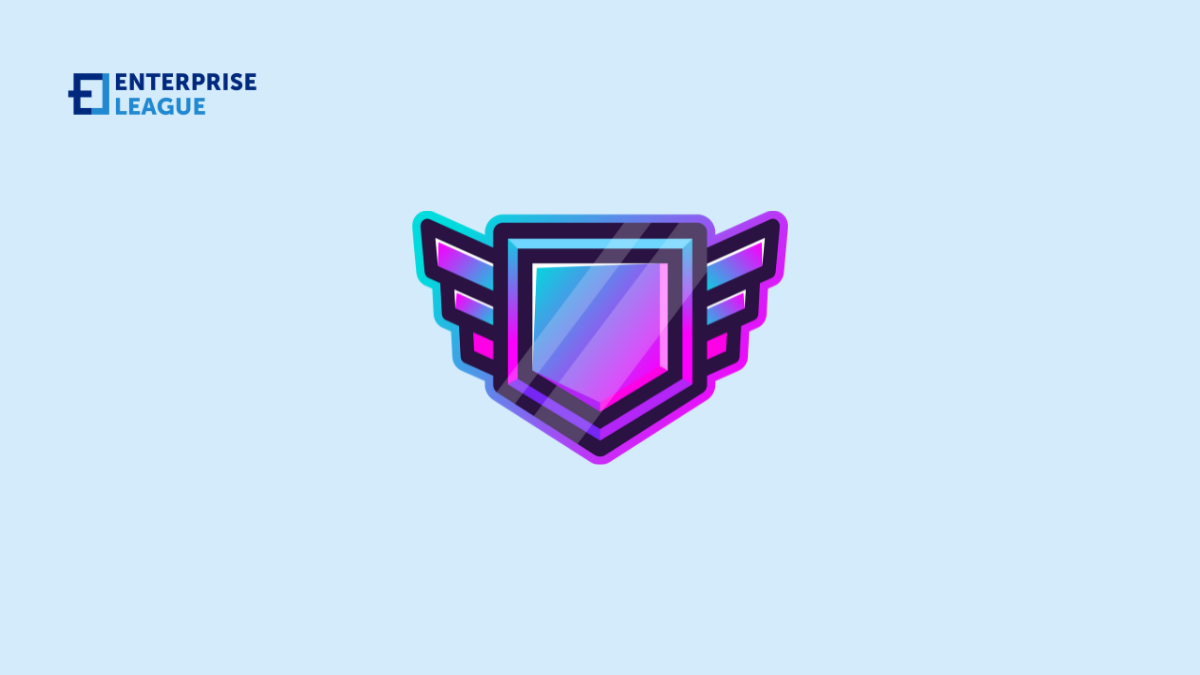In recent years, the e-gaming industry has literally exploded and become a global phenomenon. With a projected market value of $200 billion by 2023 this industry has become one of the leading players in the global economy.
However, the financial success of this industry is not solely dependent on skill and strategy; the realm of in-game cosmetics plays a pivotal role. These “digital treasures” have emerged as a formidable financial force, generating a staggering $50 billion in revenue in 2023.
In this article, we’ll explore the gaming skins, their significance, and the exciting opportunities they offer for gamers. Get ready to dive into a universe where pixels meet personalization and profits.
What are in-game cosmetics
In-game cosmetics are virtual items or enhancements that are created solely for visual purposes. Their main objective is to modify the look of in-game characters, weapons, or objects without affecting the gameplay mechanics. These cosmetic items do not affect gameplay mechanics but allow players to personalize their gaming experience and express their individual style within the virtual world.
Types of in-game cosmetics
There are various types of in-game cosmetics available in different games. Here are some common categories.
- Skins/Outfits. These are cosmetic changes to the appearance of characters or avatars. They can include different clothing, armor, or costumes that provide a distinct visual look.
- Weapon skins. These cosmetics modify the appearance of in-game weapons, giving them unique colors, patterns, or designs. They allow players to customize their arsenal and showcase their personal style.
- Emotes and gestures. Emotes are character animations or actions that allow players to express emotions or perform specific gestures. These can range from simple wave or dance animations to more elaborate expressions.
- Mounts and vehicles. In certain games, players can acquire cosmetic enhancements for their mode of transportation, such as unique mounts or customized vehicles. These additions provide a distinct visual flair while traversing the game world.
- Pet companions. Some games offer cosmetic pets or companions that follow and interact with the player’s character. These companions can have unique appearances and animations, adding charm to the gameplay experience.
- Decorative items. Decorative cosmetics include various items used for customization and embellishment, such as banners, flags, banners, housing decorations, or player-owned structure enhancements. These items allow players to personalize their in-game environments.
It’s important to note that the availability and variety of these cosmetics may differ across games since each game developer provides their own distinct options and customization features for players to enjoy.
What is a gaming skin
A gaming skin is a digital cosmetic item in a video game that changes the appearance of characters, weapons, or other in-game assets. These graphical overlays allow players to personalize and customize their gaming experience. Skins can be obtained through gameplay progression, in-game purchases, or limited-time events.
While they don’t affect gameplay, they enhance the visual appeal and foster individuality among players. Skins also provide a source of revenue for game developers and contribute to the ongoing support and evolution of the game.
Analyzing skins and their value
Among the array of cosmetic items available, weapon skins hold particular significance in personalizing a player’s account while elevating their gaming status. One highly sought-after skin is the legendary AWP | Dragon Lore, known for its rarity and allure. However, there are countless other options available to suit all budgets, boasting hundreds of captivating designs.
Take, for example, the m9 bayonet crimson web skin—a relatively affordable yet highly desirable knife skin in the CS: GO community. These cosmetic items not only hold value in terms of pricing but also allow collectors and players to showcase their unique personalities even in the absence of physical presence.
Marketplaces and trading platforms
The financial gain from in-game cosmetic items extends beyond their initial purchase. Third-party marketplaces, such as DMarket, have emerged as robust virtual economies, allowing gamers to buy and sell virtual skins and cosmetics directly.
These platforms have created an opportunity for gamers to partake in secure and reliable trading experiences, acquiring valuable virtual assets and engaging in profitable transactions. While the primary focus of these platforms may currently revolve around games like CS: GO, future expansion to include CS2, Dota 2, and Team Fortress 2 holds great potential for an exciting activity.
Trading opportunities and business prospects
Platforms like DMarket offer ample opportunities for gamers interested in investing and trading in in-game cosmetic items. Savvy players can seize the opportunity to purchase items at lower prices and sell them when demand drives prices higher, thereby maximizing their profits.
Engaging in the buying and selling process on a global scale through these platforms allows players to excel in the world of cosmetic item trading while immersing themselves in an active gaming community that values the art of creating custom businesses.
Conclusion
In-game cosmetics have become a significant financial force in the world of e-gaming. These cosmetic items, such as weapon skins, allow players to personalize their gaming experience and showcase their individuality. The emergence of third-party marketplaces and trading platforms has created a virtual economy, that gives opportunities for gamers to buy, sell, and trade these items. The financial potential of these digital items continues to shape the gaming industry, captivating players and driving profits.
More must-read stories from Enterprise League:
- Innovative and profitable business ideas with no employees.
- Pros and cons of social media for business you should be aware of.
- Common hiring mistakes that employers make and how to prevent them.
Related Articles
What Are the Top-Rated Fuel Cards for Businesses Operating Nationwide
Fuel expenses can eat into operational costs and profits if left unchecked. The bigger the fleet a company has, the more significant the loss. Specialized fuel cards emerge as a viable solution to boosting fuel savings, security, and streamlining expense management....
How do I reserve a space for a trade show in Pennsylvania
Trade shows are excellent business opportunities. Your upcoming event should occur in a space big enough to hold all participating brands while leaving room for visitors. Learning how to reserve a space for a trade show in Pennsylvania will help you find the best...
What Are the Best Event Venues for Corporate Meetings?
Finding the perfect event venue for your corporate meetings requires careful consideration of location, amenities, accessibility and reputation. The best venues provide excellent audio-visual capabilities, flexible meeting spaces, and professional decor options to...
What Are the Top-Rated Fuel Cards for Businesses Operating Nationwide
Fuel expenses can eat into operational costs and profits if left unchecked. The bigger the fleet a company has, the more significant the loss. Specialized fuel cards emerge as a viable solution to boosting fuel savings, security, and streamlining expense management....
How do I reserve a space for a trade show in Pennsylvania
Trade shows are excellent business opportunities. Your upcoming event should occur in a space big enough to hold all participating brands while leaving room for visitors. Learning how to reserve a space for a trade show in Pennsylvania will help you find the best...






